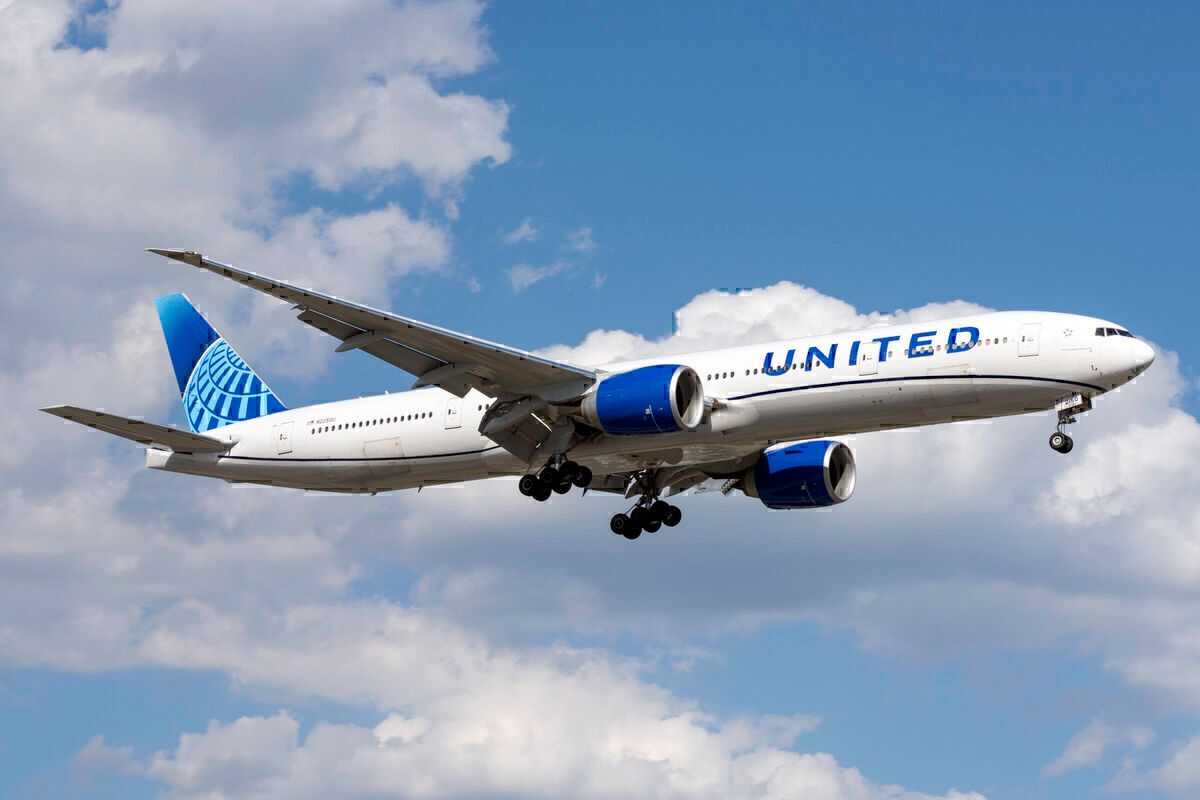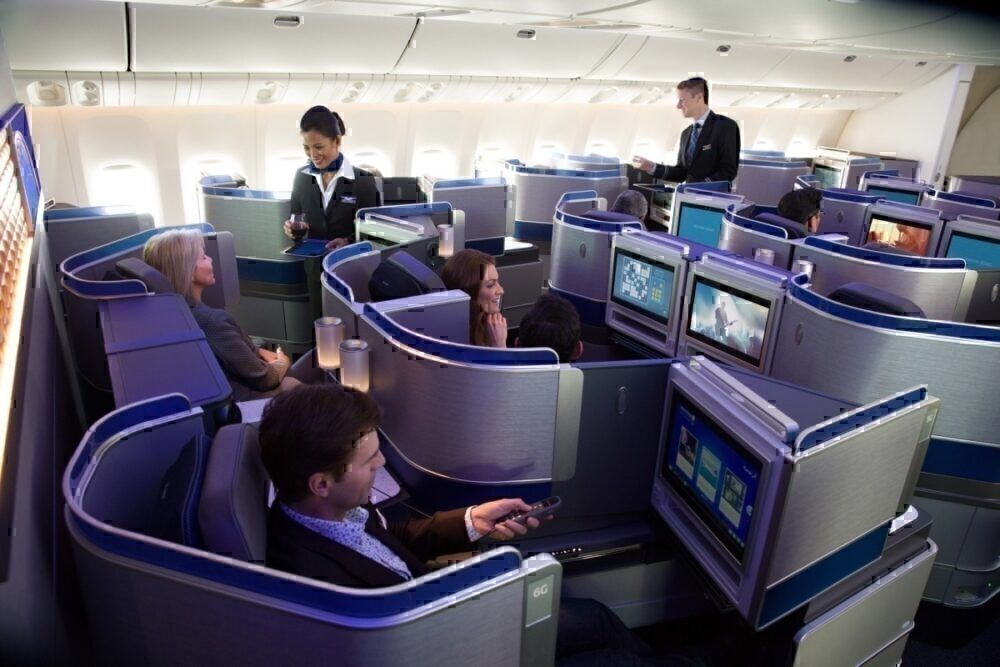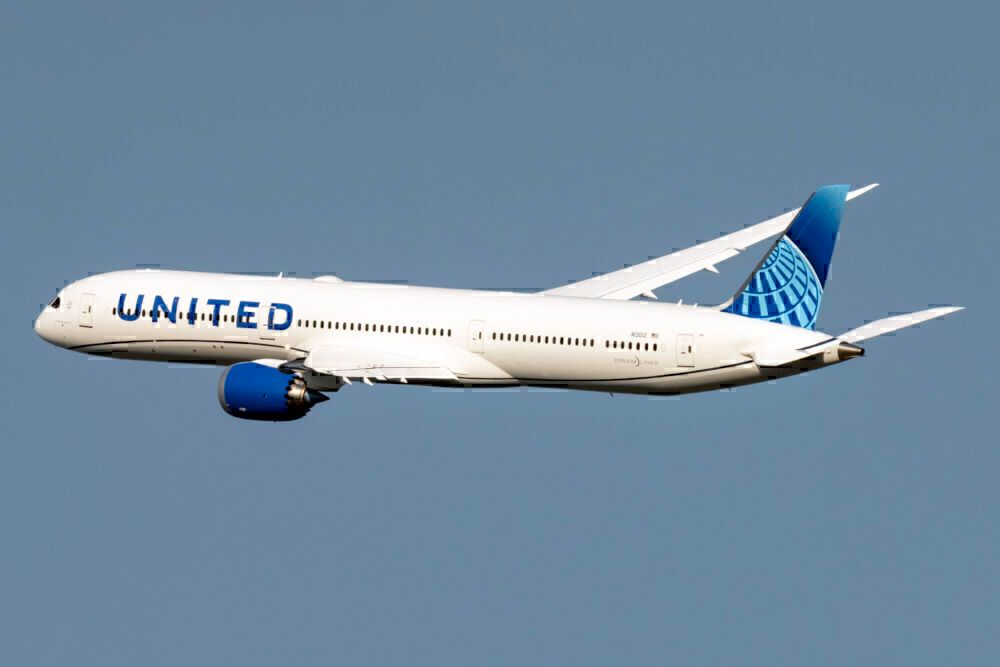During United Airlines’ third-quarter results call, CEO Scott Kirby presented an upbeat picture of the future. As well as being bullish on business travel returning and confident that the tipping point has passed, he forecasts the sector's recovery by 2022; a forecast that’s ahead of most other predictions by some measure.
Recovery by 2022
The general consensus across the airline industry is that we’re in for a long-haul. Airlines are expecting a downturn in travel demand that could last until 2024; perhaps even longer, according to some.
However, for United Airlines, there is a belief that the recovery will come much faster than this. During United Airlines’ Q3 earnings call, CEO Scott Kirby projected a return of demand by 2022. He commented,
“Instead of just minimizing tomorrow's cash burn to survive the crisis, now we're focused on even spending money where we need to … so that we're prepared for the recovery to welcome our customers back in 2022, which is when we think the recovery will begin in earnest.”
The airline has moved, he says, from focusing on cost-cutting and capital raising into a new era of preparing for the recovery. United has resumed its Polaris modifications, ramping up the program in preparation for more business travelers flying.
It has also begun a testing program at San Francisco for passengers flying to Hawaii, which should remove the burden of lengthy quarantine for those taking a late vacation this year. As well as this, the airline is eyeing a return to JFK after a five-year hiatus, in a bid to snag some transcontinental business traveler traffic as demand begins to tick up again.
Stay informed: Sign up for our daily aviation news digest.
Stop measuring success by cash burn
During the quarter, United drove down its daily cash burn from an estimated $40 million a day to $21 million per day plus $4 million of debt and severance payments. For Q4, the airline estimates daily cash burn to sit somewhere around $15 million - $20 million. However, the airline’s CEO says it’s time to stop measuring success by this metric. Kirby said,
“We thought it was the most important metric at the start of the pandemic. But that's not the issue anymore. We have enough liquidity to get through the crisis. We've done what it takes … If you're just focused on minimizing today's cash burn, you wind up with a myopic short-term focus.”
Kirby wants the analysts to get back to measuring more traditional airline metrics, like RASM and PRASM, earnings per share and margin. He notes that it is likely to be 2022 before those things become meaningful, but that it’s time to move away from cash burn in preparation for the recovery.
While the CEO estimates a marked recovery by 2022, he’s not entirely confident it will be a full recovery to 2019’s levels. He said,
“We're being flexible. We would sure like 2022 to be equal to 2019. I think that's probably unlikely.”
Nevertheless, it’s an optimistic outlook from the United boss, and further demonstration of his belief that the airline has already turned the corner.



